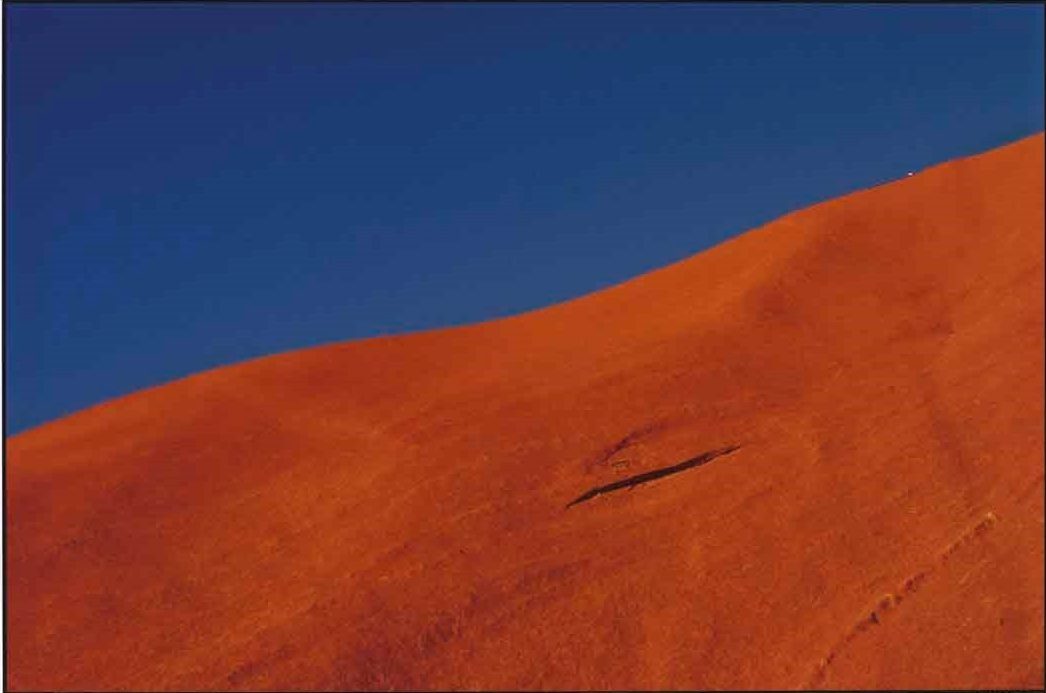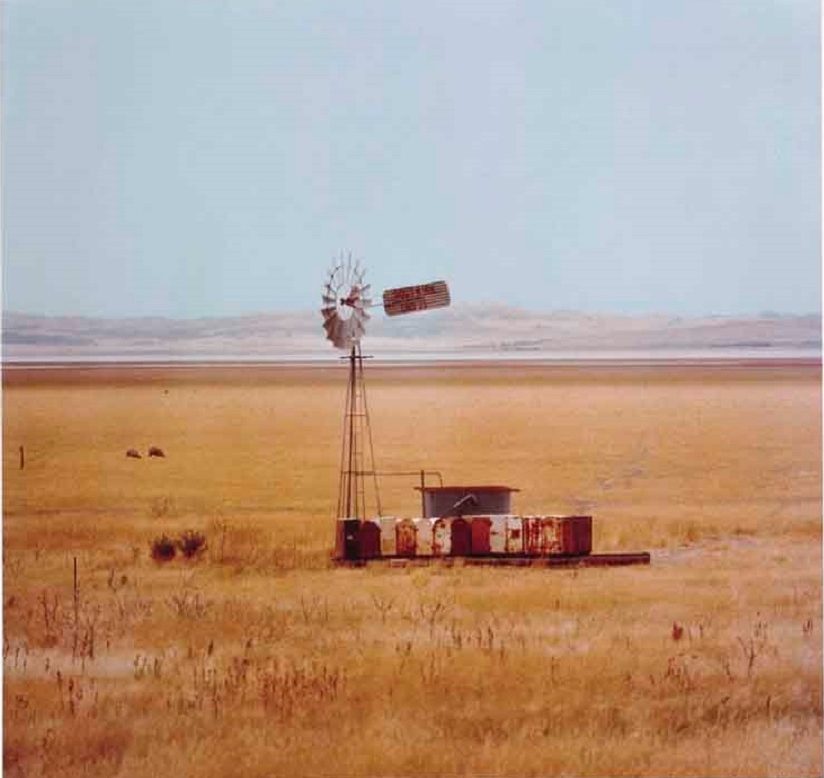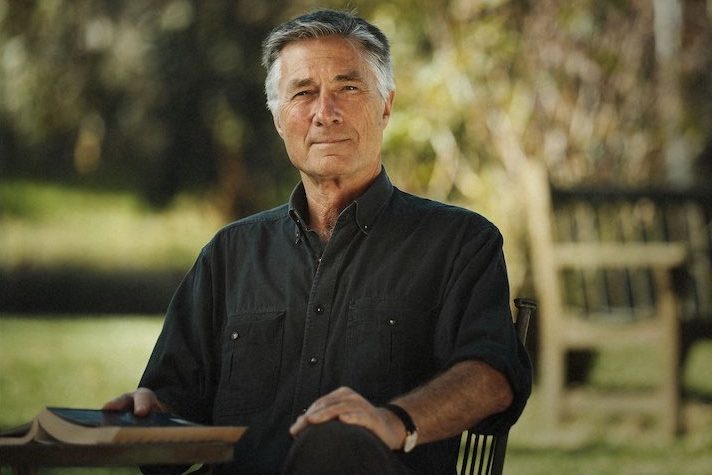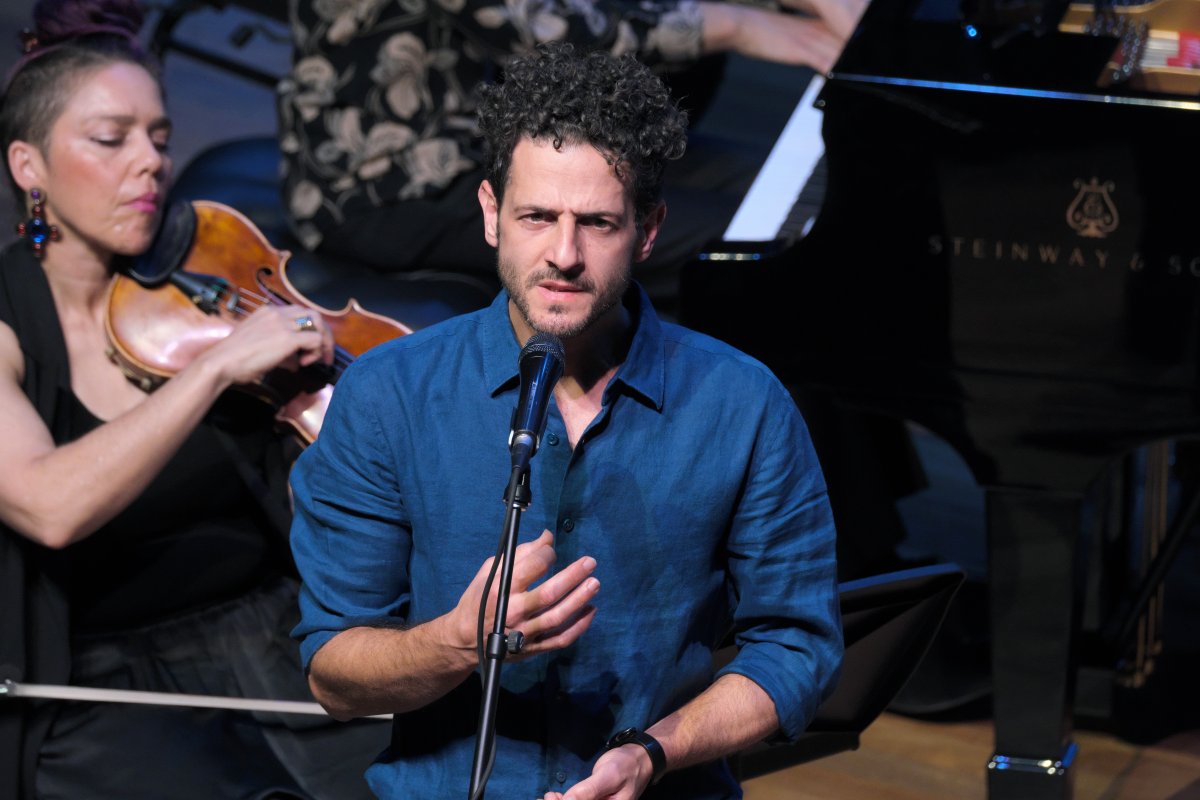
Photography/ “Joyce Evans”. At the National Library of Australia until November 5. Reviewed by CON BOEKEL.
THE exhibition displays 26 works selected from the library’s holdings of more than 100,000 analogue and digital images by Joyce Evans.
Evans (1929-2019) first took up photography as an amateur and then, in her 40s, became a professional photographer. She became a leader in the field. A display table shows archival material about her role in establishing the seminal Church Street Photographic Centre in 1977.
In the event, the exhibition is organized into three sections: landscapes, portraits and protests.
Her notebooks show how she worked to improve her skills. There is an entry on “Photographing movement”. “Oodnadatta Track, Self-portrait, 1988” demonstrates how very, very good she became at just that.

Early images, taken when Evans was an amateur, could be poor. “Faith Bandler, 1951” is out of focus. The later works demonstrate Evans mastering both the techniques and the formal conventions of a number of genres. The portrait of Bernard Smith is competent and confident. Evan’s self-portrait on the Oodnadatta Track is both experimental and finely realized. The Menzies Creek landscape is lyrical, impressionistic, exquisite. Menindee Dam is almost dazzlingly abstract but is grounded, ironically, by the shadows of three humans – including possibly one of the photographer. Evans’ image of part of Uluru is a stand out in a saturated field: superb.
There is an elusive quality to Evans’ photography. Evans said: “I don’t know what sort of photographer I am, but I try to be an honest one.”
From the exhibition I get the sense that there was a decades-long interplay between improved ways of seeing on the one hand, and increasing technical mastery on the other. In the end, it seems as if the subjects and the medium combined to make any messages rather than the photographer imposing her personality on the subject.

But perhaps not. Perhaps Evans sometimes aimed to create works that are, as compositions, deliberately off centre. Why are so many of the verticals not vertical? Did she really aim to achieve the particular blues in the skies on show here? Why are some of the images cropped in unsettling ways? Why is the Big Galah right at the edge of the image focusing out? There is much to mull over.
It is a pity that some archival documentation is lacking. Dating a modern documentary work as “c 1983 to 2012” is not up to scratch. I found the exhibition lighting to be too dark. Perhaps the shared space with an adjacent exhibition featuring light-sensitive historical objects is an issue? These are quibbles.
Kudos to the library for acquiring the Evans collection. In terms of quantity the exhibition is a rather modest tribute to Evans. But it is packed with quality and the curation works well. The exhibition whets the appetite.
Who can be trusted?
In a world of spin and confusion, there’s never been a more important time to support independent journalism in Canberra.
If you trust our work online and want to enforce the power of independent voices, I invite you to make a small contribution.
Every dollar of support is invested back into our journalism to help keep citynews.com.au strong and free.
Thank you,
Ian Meikle, editor




Leave a Reply